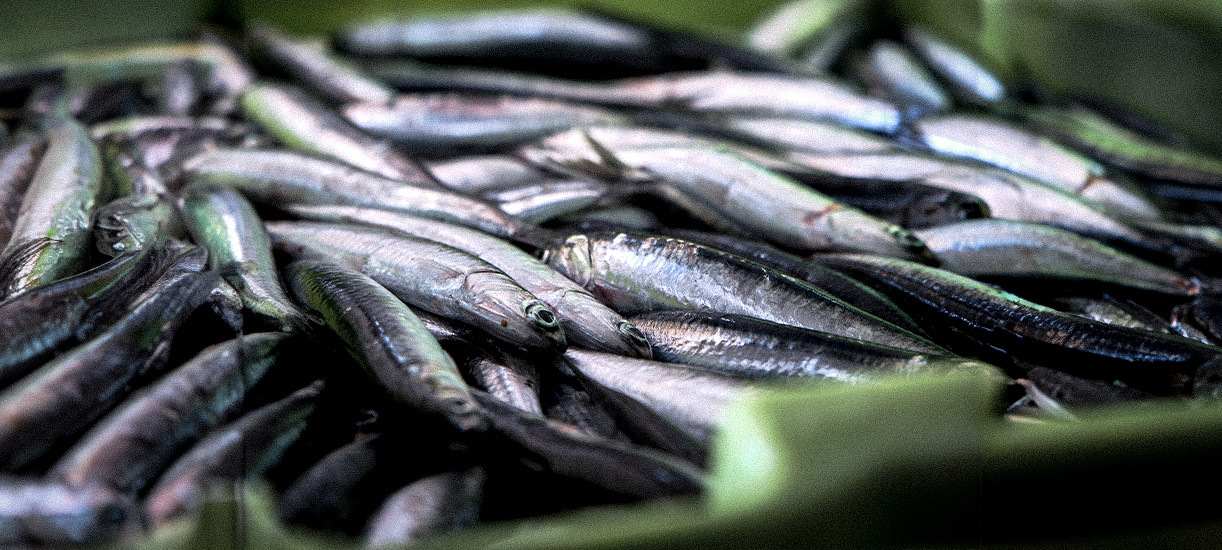Blue fish
Poor, indeed rich

This includes anchovies,
sardines and mackerel, because
when we talk about blue fish
we do not mean a single fish species.
The blue fish is a group of fish with a blue or green back and a silvery belly.
blue or green colour and a silvery belly. They are mostly
mostly small specimens and with a tapered body
tapered body, but the real special feature is that it is a
healthy and cheap food. Here’s why.
FRESH OR CANNED?
– canned blue fish is a viable alternative to fresh
– canned blue fish is much cheaper than fresh
– fresh fish is a highly perishable food: if the cold chain is not guaranteed, it can lose nutrients
– canned oily fish is ready to eat, fresh fish requires cleaning and cooking
So good and close
Oily fish is cheaper than other fish products because, thanks also to the policies undertaken on fishing, it is abundant in our seas, so the extra cost of transport from boat to our table is reduced.
How much calcium
For the benefit of the bones, a 100g portion provides more calcium than a glass of skimmed milk, which is why it is suitable for sportsmen and women as well as children, bearing in mind that bones continue to grow until the age of 25.
Only good fats
Oily fish boasts highly digestible meat and above all a prevalence of unsaturated fats, among which we find the most well-known ally of our heart: Omega-3. Consumption is therefore recommended in diets where saturated fats are to be avoided.
Vitamins and minerals
The intake of vitamin D, which is very important for bone health, and of certain minerals such as iodine and selenium, trace elements necessary for thyroid function, the former for the functioning of the gland, the latter because of its antioxidant properties, is essential.
